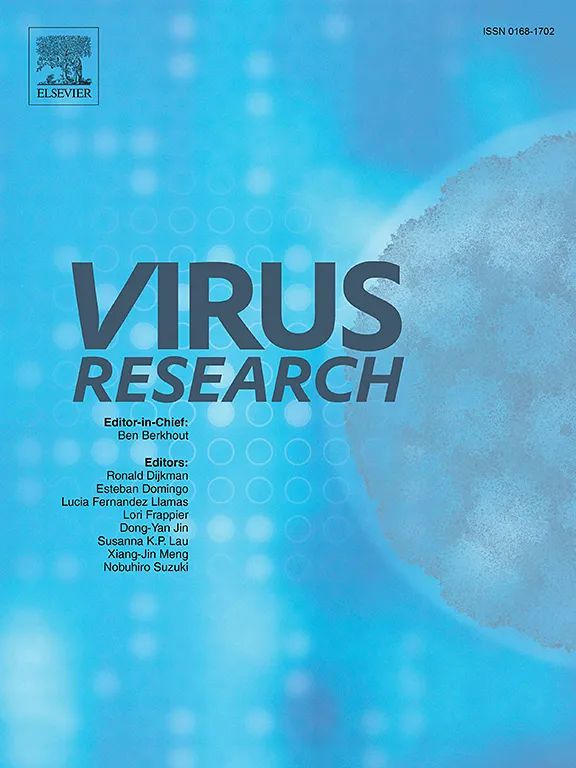The epidemiological analysis of respiratory virus infections in Children in Hangzhou from 2019 to 2023
IF 2.5
4区 医学
Q3 VIROLOGY
引用次数: 0
Abstract
To investigate the infection of children with respiratory tract infection in Hangzhou from 2019 to 2023, and to explore the epidemiological characteristics of respiratory tract virus infection before and after the prevalence of novel coronavirus. A retrospective analysis was conducted on oral and pharyngeal swabs from 302,680 children with acute respiratory infections. Colloidal gold-based assays were used to detect viral antigens, including adenovirus (ADV), influenza A (FluA), influenza B (FluB), and respiratory syncytial virus (RSV). The detection rates of different viruses were statistically analyzed, and comparisons were made regarding infection status before and after the COVID-19 pandemic, mixed infections, seasonal variations, and different age groups. Among the 302,680 samples, 65,493 tested positive for respiratory pathogens, resulting in a positive rate of 21.64 %. The highest positive rate was found for FluA single infections (12.77 %), while mixed infections were primarily observed with ADV combined with other respiratory viruses. There was a significant statistical difference in the overall detection rate of respiratory viruses before (2019), during (2020–2022), and after (2023) the COVID-19 pandemic (χ²=18,074.97, P < 0.001). The positivity rates for FluA (χ²=31,866.75, P < 0.001), FluB (χ²=255.407, P < 0.001), RSV (χ²=338.76, P < 0.001), and ADV (χ²=4110.093, P < 0.001) also showed significant differences before, during, and after the pandemic. The epidemic seasons for FluA and FluB were winter and spring, while ADV did not exhibit a distinct seasonal pattern, and RSV had a peak incidence in winter. The highest positivity rate for ADV was observed in children aged 2–5 years (4.33 %), for FluA in the 5–15-year-old group (17.15 %), for FluB in those over 15 years (4.86 %), and for RSV in children aged 0–2 years (4.37 %). There were significant differences in virus infection positive rates across different age groups (χ²=2615.084, P < 0.001). Additionally, the overall positive rate differed significantly by gender (χ²=87.317, P < 0.001).The four common respiratory pathogens exhibit distinct epidemiological features in terms of age and seasonality. The COVID-19 pandemic has altered the epidemiology of respiratory viruses, particularly in terms of the peak seasons of infection. Clinically, attention should be given to the potential for co-infection with multiple pathogens.
求助全文
约1分钟内获得全文
求助全文
来源期刊

Virus research
医学-病毒学
CiteScore
9.50
自引率
2.00%
发文量
239
审稿时长
43 days
期刊介绍:
Virus Research provides a means of fast publication for original papers on fundamental research in virology. Contributions on new developments concerning virus structure, replication, pathogenesis and evolution are encouraged. These include reports describing virus morphology, the function and antigenic analysis of virus structural components, virus genome structure and expression, analysis on virus replication processes, virus evolution in connection with antiviral interventions, effects of viruses on their host cells, particularly on the immune system, and the pathogenesis of virus infections, including oncogene activation and transduction.
 求助内容:
求助内容: 应助结果提醒方式:
应助结果提醒方式:


